A study of the effects of dam removal on stream invertebrate communities in Michigan’s Boardman River has completed its long and winding course to publication and worldwide accessibility for scientists, river managers, conservationists and public readers alike. Started in 2011 and continued through 2016, this long-term investigation of results of removing the river’s Brown Bridge Dam in 2012 has been published in the international science journal PLOS ONE, an open-access review available to scientists around the world through its web-based publication system produced by the Public Library of Science (PLOS). The link to the published PLOS ONE article and research can be found here.
The Boardman River research was selected for publication in PLOS in recognition of its unique merits and important contribution as a long-term (six year) investigation of a still under-studied but globally significant question; the impacts of dam removal on a river’s community of stream invertebrates. Worldwide, the United States is one of the countries most affected by dams, with more than 87,000 in place by 2013. Today many of these dams are outdated, structurally unsound, and no longer cost effective. As such dams age, they grow less functional because of accumulation of sediment behind the dam and the increasing danger of the dam failing. Their presence negatively affects the life of the stream because of their restriction of water flow, blockage of movements upstream and downstream by fish and other stream animals, and negative influence on the stream’s ecological functions. Bottom-dwelling invertebrate animals in the stream are among the most negatively affected by dams, yet are one of the most important to all life in the stream because they make up the foundation of most food chains in running water ecosystems.
Although removal of dams is becoming more common, it is still rarely studied, with less than 1% of removals subject to scientific monitoring and investigation. As one reviewer of the Boardman River study noted, “This paper is interesting because we have only few ecological assessments of dam removal and a limited number of studies of effects of dam removal on macroinvertebrate communities, especially long-term studies…monitoring responses of benthic macroinvertebrates.”
Originally conceived by former Associate Executive Director of the Au Sable Institute Dr. Dave Mahan, Dave and his team found that there was an initial decline of sensitive invertebrates like mayflies, caddisflies, and stoneflies in the year after dam removal, but that they bounced back in following years. This was likely due to sediments and flooding during the dam removal in 2012. The team also found that sites downstream of the dam before its removal had invertebrate communities that differed from those in both upstream reference conditions and downstream sites that after dam removal, and that after removal, species at downstream sites became more similar to upstream reference sites, indicating restoration of the invertebrate community within a few years after the dam removal. But removal of the Brown Bridge Dam was only one part of an extensive restoration of the Boardman River, which included bringing it back to its historic channel in the drained reservoir area. In this new channel, Mahan’s team also found the most distinct of all in invertebrate community composition, possessing multiple invertebrate groups that were characteristic of the unique new conditions created by the restoration.
Mahan designed the study not only to investigate changes likely to occur as a result of dam removal, but to provide undergraduate students firsthand experience in scientific research. As Mahan reflects now, “We began this work with the hope that it would document the positive biological impact of dam removal on the stream.” Over a score of undergraduates participated in the study during its six years of investigation, many going on to graduate research and productive employment in conservation after the study. As Joel Betts (former Boardman student researcher and now a Graduate Research Assistant at Michigan State University) now realizes, the experience on the Boardman River study was important because “My two summers working on this project at Au Sable were incredibly formative, opening doors for me to pursue work in stream habitat assessment in Alaska and later a Masters project at Michigan State focused on impacts of tropical deforestation on stream invertebrates.” He now works for the USDA helping to reduce farming impacts on streams.
As is often the case in science, there was more to discover in the Boardman than just the dam’s effects on stream invertebrates. Mahan’s team was the first to document the presence, as well as subsequent spread and population growth, of the New Zealand mudsnail in the Boardman River. The mudsnail is an invasive species that can reproduce rapidly and alter the ecology of the rivers it invades. This discovery was a finding of major importance, as Mahan describes in retrospect, “Our discovery of this aggressive invader was both significant as well as unfortunate. We didn’t want a new alien in the beautiful Boardman ecosystem!”
From 2011 to 2019, the Au Sable Undergraduate Research Program trained over 50 undergraduate students in research investigative techniques in seven different investigations, four of which are now in review for publication in other journals, and a fifth expected to begin review in June 2021. At this time, 21 different students are listed as co-authors in these studies. Congratulations to the Au Sable students (now alumni) who made these efforts possible.
We acknowledge that field work was carried out on Ottawa and Chippewa ancestral lands and waterways and thank the tribe for permitting us to conduct our research there.
Photos Below: The reservoir area above the Brown Bridge Dam on the Boardman River, before (2003), during (2011-12), and after (2015) the restoration of the river to its historic channel. Source theboardman.org and Au Sable research team




